The Palace of the Parliament (Romanian: Palatul Parlamentului) in Bucharest, Romania is a multi-purpose building containing both chambers of the Romanian Parliament. According to the Guinness Book of World Records, the Palace is the world’s largest civilian administrative building, most expensive administrative building, and heaviest building.
The Palace was designed and nearly completed by the Ceausescu regime as the seat of political and administrative power. Nicolae Ceausescu named it the House of the Republic (Casa Republicii), but many Romanians call it the People’s House (Casa Poporului).
Description
The Palace measures 270 m (890 ft) by 240 m (790 ft), 86 m (282 ft) high, and 92 m (302 ft) underground. It has 1,100 rooms, 2 underground parking garages and is 12 stories tall, with four underground levels currently available for the general public and in use, and another four in different stages of completion. The floorspace is 340,000 m2 (3,700,000 sq ft).
The structure combines elements and motifs from multiple sources, in an eclectic neoclassical architectural style. The building is constructed almost entirely of materials of Romanian origin. Estimates of the materials used include one million cubic meters of marble from Transylvania, most from Ru?chi?a; 3,500 tonnes of crystal — 480 chandeliers, 1,409 ceiling lights and mirrors were manufactured; 700,000 tonnes of steel and bronze for monumental doors and windows, chandeliers and capitals; 900,000 m2 (9,700,000 sq ft) of wood, over 95% of which is domestic, for parquet and wainscoting, including walnut, oak, sweet cherry, elm, sycamore maple; 200,000 m2(2,200,000 sq ft) of woolen carpets of various dimensions, the larger of which were woven on-site by machines moved into the building; velvet and brocade curtains adorned with embroideries and passementeries in silver and gold.
Construction
Built on the site of a hill variously known as Spirii Hill, Uranus Hill, or Arsenal Hill, which was largely razed for this megaproject, the building anchors the west end of Bulevardul Unirii and Centrul Civic. Constructing the Palace and Centrul Civic required demolishing much of Bucharest’s historic district, including 19 Orthodox Christian churches, six Jewish synagogues, three Protestant churches (plus eight relocated churches), and 30,000 residences.
Construction began in 1983; the cornerstone was laid on 25 June 1984. While the building was intended to house all four major state institutions (in a similar manner to the UK Houses of Parliament), Ceausescu intended the palace to be his personal residence and the government was to operate in it (as if combining the Kremlin into one building). It was intended to house these institutions:
- The Presidency of the Republic (Presedintia Republicii) – today’s Presidency (Presedintia);
- The Great National Assembly (Marea Adunare Nationala) – today’s Parliament (Parlamentul);
- Consiliul de Ministri – today’s Government (Guvernul);
- Supreme Court (Tribunalul Suprem) – today’s High Court of Cassation and Justice (Înalta Curte de Casatie si Justitie).
This explains the building’s rectangular shape.
At the time of Nicolae Ceausescu’s 1989 overthrow and execution, the building structure and design were complete. This claim needs references to reliable sources from May 2011. Subsequently, many of the furnishings were never installed (mostly evident because of the many large, empty spaces throughout the palace), while the last three basement levels and a large clock tower (that would display the official Romanian time) were never finished. During the regime change, the new leaders of Romania referred to the building as the House of Ceausescu, to highlight the excessive luxury in which Ceau?escu would have lived, in stark contrast to the squalor and poverty endured by many people living in the surrounding neighborhoods.
Parts of the building (some of the west wing, some of the east wing, parts of the second floor, basement 3 and everything below) are yet to be completed. Currently, a new underground car-park is being built inside a former stadium, currently used as a warehouse, which was covered during the construction of the palace. Tunnels linking 13 Septembrie Avenue with the basement of the building are planned to be built. It is said that Ceau?escu had built bunkers under the building where he would hide in case of a revolution.
Incoming search terms:
- Palace of the Parliament Strada Izvor Bucharest Romania
Related Listing
-
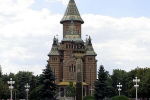
Orthodox Cathedral
The Timi?oara Orthodox Cathedral (Catedrala Ortodox?) is a Romanian Orthodox cathedral in ...
-
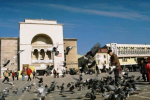
Romanian Opera
Construction of the Palace of Culture building (which houses the Romanian Opera) started in 1871, ...
-
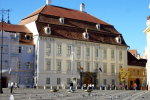
Brukenthal Palace
Facing west of the square is the stunning Brukenthal Palace (Palatul Brukental), built ...

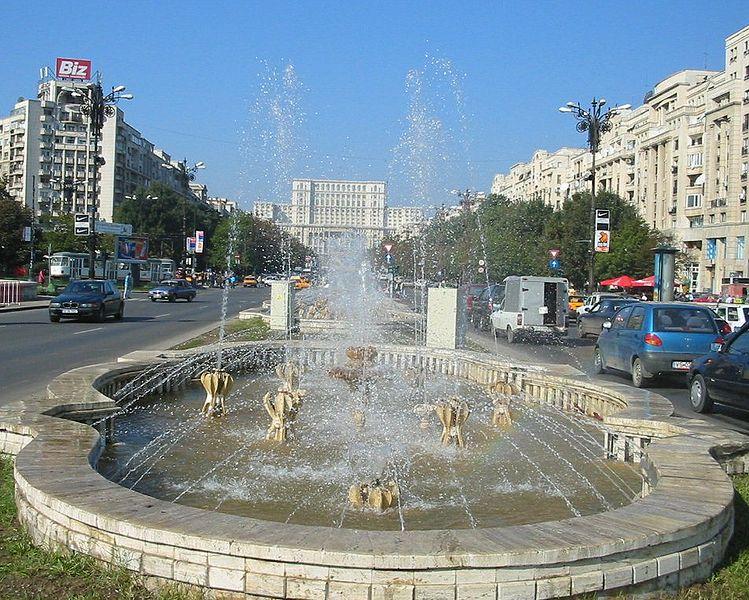
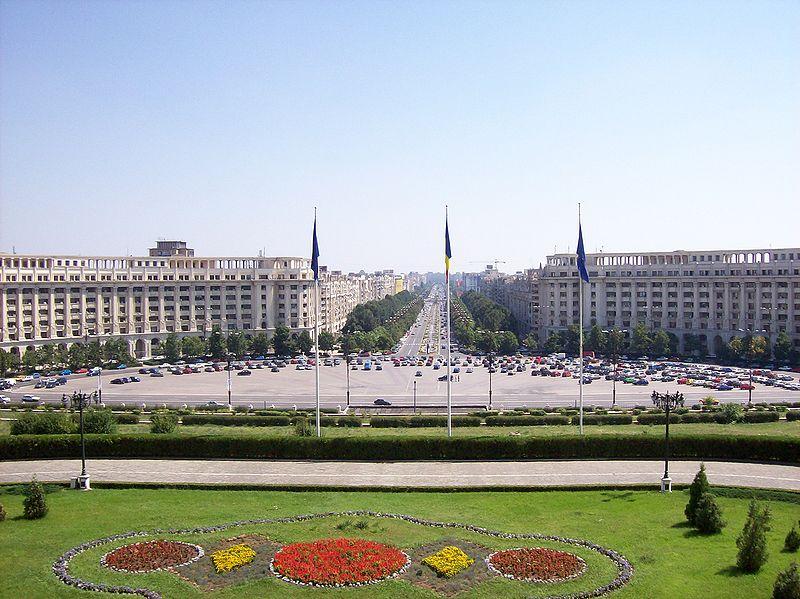

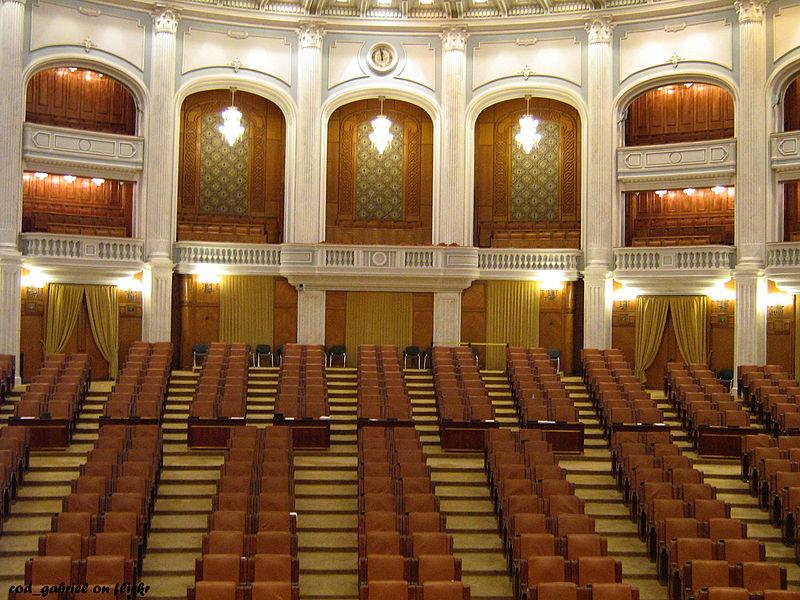
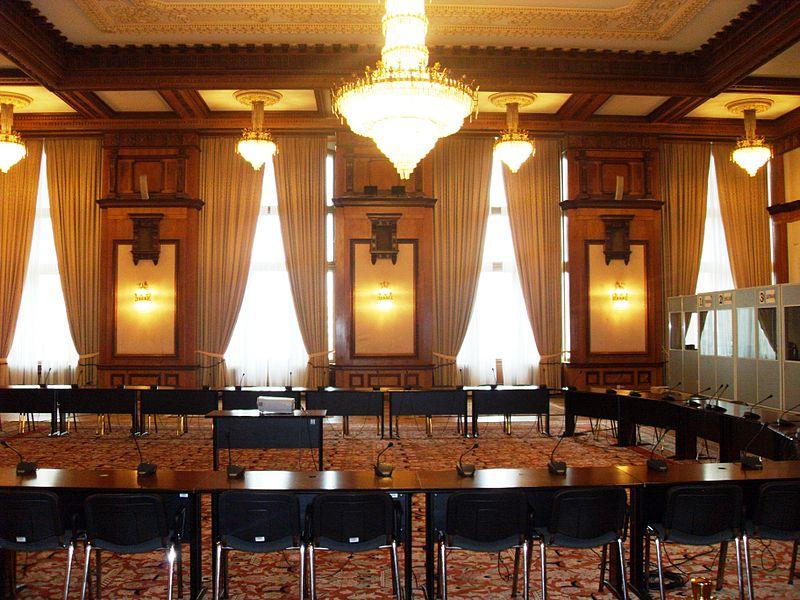

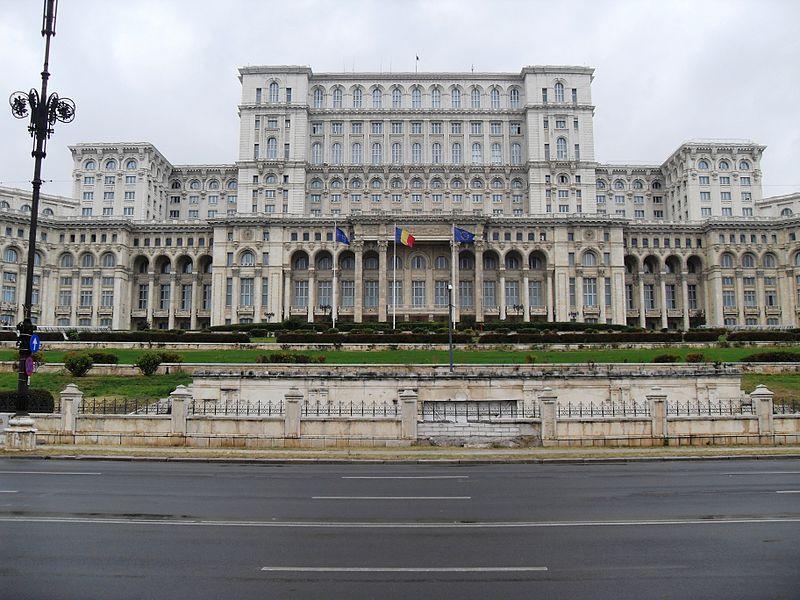
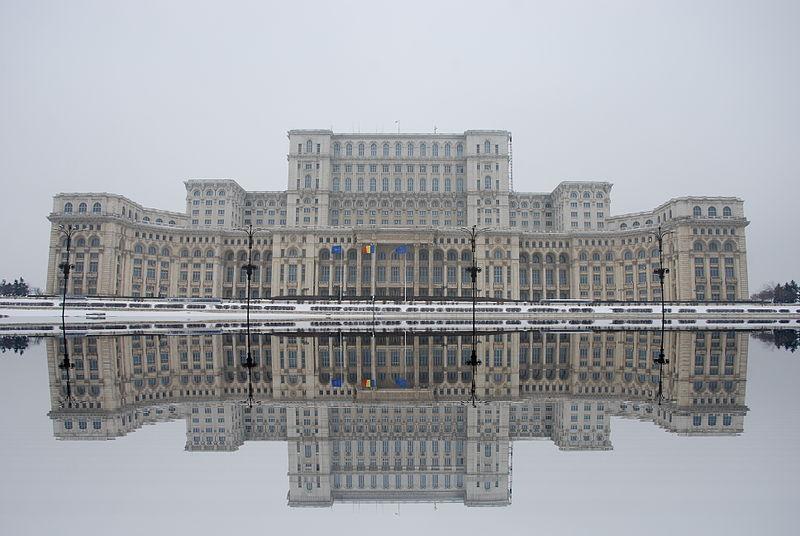







Recent Reviews